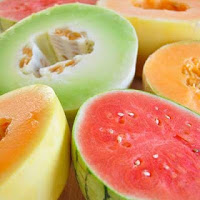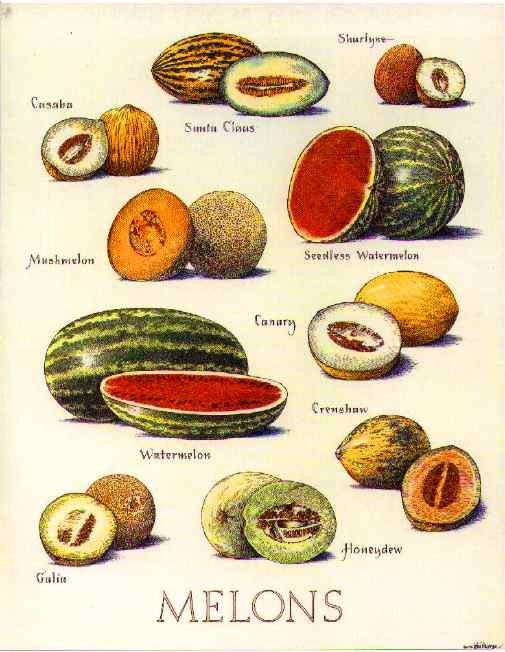How to Grow Melons
Tip 1 – Cultivation
Superb quality of melon seeds can be bought in garden stations in local merchants. Firstly they have to be sown in a little containers on the windowsill or in a greenhouse, like tomato plants. Before you grow them outside, set them in seed starter containers with potting soil and enclose them with a clear plastic cover or transparent foil.
It is very important that the containers is kept warm. New seedlings dislike getting “cold feet.” You can put the prep containers near a window with ample sun light.
 Within about ten days you will be able to see that the seeds have germinated and developed into little seedlings. At this time you can get rid of the foil. From now you have to water the melon plants frequently, be mindful to water logging – this could allow mold near the sensitive roots. It is also essential to step the seedlings aside from direct sun light, unless you have a greenhouse with exclusive foil or glass that fractures the sun rays.
Within about ten days you will be able to see that the seeds have germinated and developed into little seedlings. At this time you can get rid of the foil. From now you have to water the melon plants frequently, be mindful to water logging – this could allow mold near the sensitive roots. It is also essential to step the seedlings aside from direct sun light, unless you have a greenhouse with exclusive foil or glass that fractures the sun rays.
If the vegetation appears to develop gradually, too big or are developing too close to each other in the containers, you may wish to re-pot them to enable a proper progress and growth.
Tip 2 – Transplanting in the Garden
Right after four weeks, or when the outdoor temperature is about 60 degrees Fahrenheit, the melon plants are able to be moved outside. As for the choice of place in the yard, choose a sheltered, but sunny location where your melon plants are covered from powerful winds. Provide ample space (2-3 ft) between each plant. Have effective treatment of those delicate origins when relocating the seedlings outside.
To create the new ecosystem, loosen the terrain well and include some compost to assist in the plants obtaining an excellent launch in their new position. If you utilize a compost, I encourage integrating it in the ground about two weeks prior to planting. If you anticipate certain cold nights, protect the plants with a frost defense blanket or a garden foil.
Tip 3 – Fertilizing
Use earlier well-enriched ground or manure, or you can use fertilizer simply before blooming and once the fruits are just progressing. Utilize a specialized fertilizer for fruit trees or tomato fertilizer.
Tip 4 – Melon Plant Protection
You can grow melons vertically on a trellis or allow them to branch sideways (which will need more space). If the second one is your option, you can encourage entwining by reducing the primary stem right after the sixth leaf. Ensure your melons are watered frequently, but not too much, because they just don’t tolerate regular dampness properly – remember to prevent water logging. If available, water the melon vegetation in the morning, just a little lukewarm rainwater will keep them certainly happy!
When melon fruits are recognizable, it is important to avoid the fruits from sitting on the wet ground. You can use Styrofoam sheets, place them below the melons to prevent rotting.
Tip 5 – Picking
 Based on the vegetable diversity, the melon fruits ripen in various ways. Fruit ripening is identifiable by the wilting of the leaves, their scent and the sound. Tap on the fruit, if it sounds like a low dull tone, then it’s an indicator the fruit is ripe. When they are ready, use a sharp knife to cut them from the branch. To ensure the melons will last for a longer time, cut two inch of the branch to leave on the melon.
Based on the vegetable diversity, the melon fruits ripen in various ways. Fruit ripening is identifiable by the wilting of the leaves, their scent and the sound. Tap on the fruit, if it sounds like a low dull tone, then it’s an indicator the fruit is ripe. When they are ready, use a sharp knife to cut them from the branch. To ensure the melons will last for a longer time, cut two inch of the branch to leave on the melon.

